 |
| Katuto Yamaki, CEO of Sigma, pictured at this year’s Photokina trade show in Cologne Germany, last month. |
We spoke to several senior executives last month in Germany at the Photokina trade show. Among them was Sigma CEO Kazuto Yamaki, who shared his thoughts on the photography marketplace in general, and the just-announced L-mount alliance. The following interview has been edited for clarity and flow.
How did the L-mount alliance come about?
I don’t remember exactly when but I think it was two or three years ago. At that time we’d already decided to make a full frame mirrorless camera featuring Foveon technology. We were planning to develop our own short flange back mirrorless system. Actually we already had a design. I don’t remember the exact spec but I think the flange back was about the same [as the L mount], about 20mm, and a similar mount diameter.
And around that time, Panasonic approached us and proposed that we work on it jointly. At around that same time, Panasonic approached Leica, and finally the three companies came together – I think it was about two years ago. And then we agreed to join the L mount system and we discontinued the development of our own original mount system.
 |
| Panasonic’s forthcoming Lumix S1R will be a professional-grade full-frame mirrorless camera built around the L-mount. One of the biggest announcements at this year’s Photokina was the alliance between Leica, Sigma and Panasonic – the first fruits of which are expected in spring of next year. |
Was there anything about the L mount from a technical point of view that made it particularly attractive?
I would say it’s a well-balanced mount. The flange back is short enough without being too short, and the diameter isn’t too big. It’s a good balance. If the diameter is too big, sometimes it’s difficult to make the camera bodies compact. And if we make a slow lens, like an F2.8 prime or an F3.4-5.6 zoom lens, with a wide diameter mount the shape of the lens will be like this [indicates a funnel shape, tapering from a wide mount to a narrow front element] where the front is slimmer than the back. That doesn’t look great, in my opinion. So the L mount is a well-balanced mount size. 20mm is not too short.
Do you have a timeframe for your own L mount lenses?
I need to check with our engineers, but probably we’ll start shipping our first L mount lenses sometime in the middle of next year.
Will they be L mount versions of your existing designs, or will they be entirely new designs?
Both. We already have the 14 lenses for Sony E-mount, so we’ll make L mount versions of those lenses, and they’ll start shipping next year. We’ll also start shipping brand new L mount lenses.
 |
| Canon’s new EOS R debuts the RF mount, which will eventually replace EF as Canon’s main interchangeable lens mount. Alongside the camera, Canon launched a brace of excellent new RF mount L-series lenses, optimized for mirrorless. |
Are you in communication with Canon and Nikon around their new mounts?
Around the new systems? No, not at all. We have a great interest in the two new systems but right now I have no plans.
In the past, there could be problems when Canon and Nikon might release new cameras, with slightly changed software, and third-party lenses would stop working properly. Is that a worrying possibility for you?
I can’t deny the potential risks of a similar problem in the future. However, I think such possibilities are significantly lower than before. To be honest, our firmware in the past was not so robust, therefore, we experienced some issues in the compatibility. However, the situation today is quite different.
We’ve worked hard to make the current firmware very robust, and we will continuously enhance the strength of our firmware. Even if we see some minor issues, we’ll upgrade our firmware to make our lenses work perfectly using our USB Dock.
Did Sigma have any influence into the design of the new Panasonic S1/R?
No. Actually, I personally had no idea about the new camera. So at the press conference [at Photokina] I saw the camera for the first time. We do not exchange information [between Sigma, Panasonic and Leica] about our roadmap for products for the new system. It’s a matter of compliance [with antitrust legislation]. We simply cannot do that.
 |
| With the announcement of the L-mount alliance, Sigma has confirmed that it will discontinue development of its own SD-series APS-C format cameras, in favor of a new full-frame system built around the L mount. |
Now that you’re working on a new full-frame L-mount camera, does this mean that you’ll cease production of your SA mount mirrorless cameras?
We will continue to manufacture and sell our existing SA mount cameras, but we won’t develop any new SA mount cameras in the future.
Will you continue to make lenses in the SA mount?
Yes, as long as we manufacturer lenses for DSLRs, we’ll continue to make lenses in the SA mount. There are still SA mount camera users out there in the world.
Do you expect that the market for M43 lenses will be reduced, following Panasonic’s entry into the full-frame market?
I don’t know, and I might not be the best person to comment, but I’ve seen many journalists using M4/3 system cameras here in Photokina. In my opinion, M4/3 is a great system if you need compactness.
Today we have some second-generation employees and even some third-generation employees.
How will Sigma continue to differentiate its products in the future, from other third-party lens manufacturers?
I don’t believe there’s any magic to it, but we try to be unique and different to other companies. We just invest in the technology, and in the factory, and we improve communication with our customers. We will do everything that we can do, to differentiate from other manufacturers. Also, we have very loyal employees. They’ve worked for us a long time. Today we have some second-generation employees and even some third-generation employees.
It’s different for example from the semiconductor business. When it comes to lenses, the experience and the know-how of the employees makes a big difference. With lenses it’s analog-based technology, where experienced workers are key. And that’s why we [don’t want to] move our factory. If our factory moved, we’d lose our experienced workers.
 |
|
Sigma’s new 40mm F1.4 Art has been designed as a ‘reference’ prime lens for the Global Vision series, and offers excellent performance, albeit in a relatively large, heavy form factor. Check out our full gallery of samples here |
Why did you decide to create a 40mm Art-series lens?
40mm is a very popular focal length for videographers, so there was a demand from the cine market. Also there were some requests from our own users. Our first DP2 camera was a 40mm equivalent focal length.
Do you have any predictions for the proportion of your lenses that you expect to sell in mirrorless mounts versus DSLR mounts, in the future?
Within three or four years I expect our mirrorless mount lens sales to be much bigger than for DSLR. Maybe 70% to 30%.
What is your opinion of Canon and Nikon’s new lenses for the RF and Z mounts?
I’ve been very impressed by Canon’s new lenses for RF. The 50mm F1.2 and 28-70mm F2. Very impressed – and a little jealous! They’re possible due to the wide diameter and short flange back. Otherwise such lenses would be very difficult or impossible. Having the larger elements at the rear of the optical system makes it easier to achieve good performance at large apertures.
Software can’t create detail, only good optics can do that.
One thing that is an option in mirrorless cameras and not DSLRs is in-camera lens corrections. When you’re designing new lenses for mirrorless do you include software correction into your planning?
Until just a few years ago I was quite negative about software corrections. Software can’t create detail, only good optics can do that. But today, sensors have more resolution, and the correction algorithms are much better than in the past. So I think software correction is a good tool, when it comes to achieving good image quality. That’s why we started to support Canon EOS DSLRs’ lens correction. Software lens correction is a useful tool, but it’s not a good idea to rely on it too much.
How do you prioritize development of which system you’ll develop lenses for?
It’s basically done based on demand. But for example even if demand for our SA mount lenses is very small, we’ll still prioritize it because that’s our own system. Moving forward, now that we have the L mount, we’ll give that priority.
 |
| The new ‘S’ class Sigma 70-200mm F2.8 features ten low-dispersion glass elements including nine FLD elements which have very similar properties to fluorite. The FLD elements are indicated in yellow, in this schematic. |
The new 70-200mm F2.8 is classified as ‘Sport’. How would an ‘Art’ version of this lens be different?
It’s a sort of a mid-point between Sport and Art. But it’s Art-class glass. This lens uses nine FLD glass elements. FLD glass has almost the exact same optical characteristics as fluorite. To be honest, Canon and Nikon’s 70-200mm F2.8 lenses already represent the highest optical quality for this type of lens. We believe that we can [still] improve on that but the difference is not huge. It’s hard to differentiate just by optical performance.
Are there future technologies that would allow you to take the next step, and move performance forward?
I think so, for example FLD. We didn’t have that before. This is Hoya glass, and we worked together to develop this new glass material, which helps achieve better performance. If a careful photographer checks the amount of longitudinal chromatic aberration and bilateral chromatic aberration, we believe they’ll see this lens is better. But if they just check resolution, they may not see a difference [compared to Canon and Nikon’s current 70-200mm F2.8].
Sigma now supports several mounts, plus the L mount, plus potentially Canon RF and Nikon Z in the future. How will you grow the company to accommodate this scaling-up without losing Sigma’s identity?
I will admit that is quite challenging. But obviously the volume of lenses produced per mount will be reduced, because I don’t think the market will grow like it has in the past. That means we have to produce more kinds of products per month. Which could cause us to lose efficiency, and ultimately drive up production cost. This is very challenging for us. We need to create a new production system to keep our efficiency up, even if we manufacture more products per month.
 |
|
Kazuto Yamaki, pictured at Sigma’s main assembly plant in Aizu, Japan, during our visit to the site in 2014. Read our complete factory tour |
If we used external suppliers it would be easy – we’d just reduce our purchases from those suppliers, but we do almost everything by ourselves. We’re continuously increasing the size of our factory, and even right now we’re planning to build another facility [at our main site in Aizu] and we’ll continuously invest in new manufacturing over the next few years.
After I took over my father’s business, over the past six years we’ve built new three buildings at Aizu. This will continue.
Will you run out of space?
Yes, this is a problem! Usually manufacturers choose flat ground for their factories, but my father liked to build in the middle of the mountains. His dream was to become a company like Carl Zeiss, and they have a factory in the hills. He thought that flat ground was boring! It’s very challenging.
Editors’ note: Barnaby Britton
In 2018, Sigma is a company in flux. Since the launch of the Global Vision lineup in 2012, Sigma has gone from focusing primarily on just two DSLR lens mounts (plus lower-volume production of Some Sony A, Pentax PK and Sigma SA-compatible lenses) to soon supporting eight, excluding PK but including the L-mount, which will effectively replace the older SA mount in Sigma’s own forthcoming full-frame camera lineup.
That’s a of a lot of work for any company, let alone a relatively small manufacturer but if CEO Kazuto Yamaki is daunted by the prospect, he doesn’t show it. His main concern, expressed in this interview and in previous conversations, seems to be making sure that as it evolves and grows, Sigma doesn’t lose its identity along the way.
In order to maintain efficiency and keep costs manageable, Sigma will need to develop new manufacturing processes
Sigma’s Global Vision lenses are popular for two main reasons: they’re very good, and they’re excellent value for money. Doubling the number of lens mounts that it supports is not an automatic win for Sigma, or even necessarily for its customers. As Mr. Yamaki points out, increasing the number of products in the company’s lineup does not mean that total sales will increase by the same proportion.
In order to maintain efficiency and keep costs manageable, Sigma will need to develop new manufacturing processes – something that Mr. Yamaki freely admits. Add to that the challenge of creating a brand new lineup of full-frame cameras, and the next few years at Aizu promise to be very busy.
Yamaki is confident in his products, proud of his engineers, and trusts their ability to tool up for the new mirrorless mounts
As usual, Mr. Yamaki’s responses to our questions at Photokina were candid and thoughtful. He’s confident in his products, proud of his engineers, and trusts their ability to tool up for the new mirrorless mounts. Despite the challenges ahead he’s genuinely excited by the possibilities presented by Canon and Nikon’s entry into the full-frame mirrorless market, not only for Sigma but for the industry as a whole. We’ve noted before that while many senior executives seem to prefer pretending that competitors don’t exist, Mr. Yamaki’s respect – and praise – of his competitor’s products is unusual.
In return, Sigma’s CEO is widely liked by his peers in the industry. The recently announced L-mount alliance with Panasonic and Leica would quite possibly never have happened if it weren’t for the close relationship between Mr. Yamaki and Panasonic’s Yosuke Yamane. Leica’s majority shareholder Dr. Andreas Kaufmann, in turn, has praised Mr. Yamaki’s leadership of Sigma, which remains a family-owned company.
In Mr. Yamaki’s own words: ‘There’s no magic to it – we just try to be unique’.
Articles: Digital Photography Review (dpreview.com)










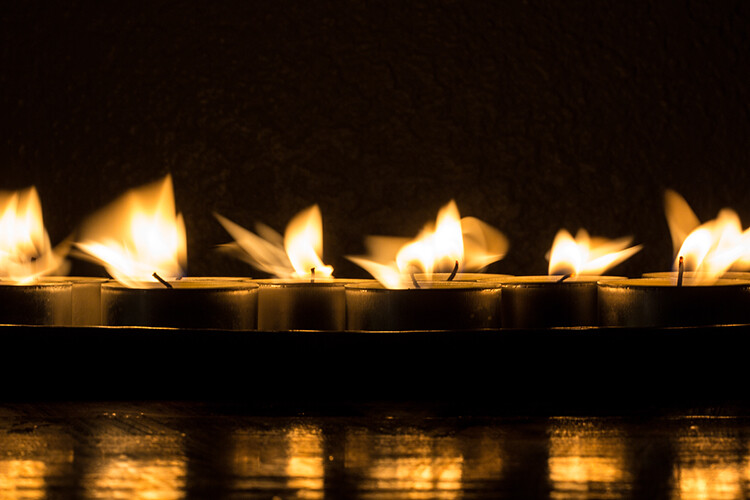






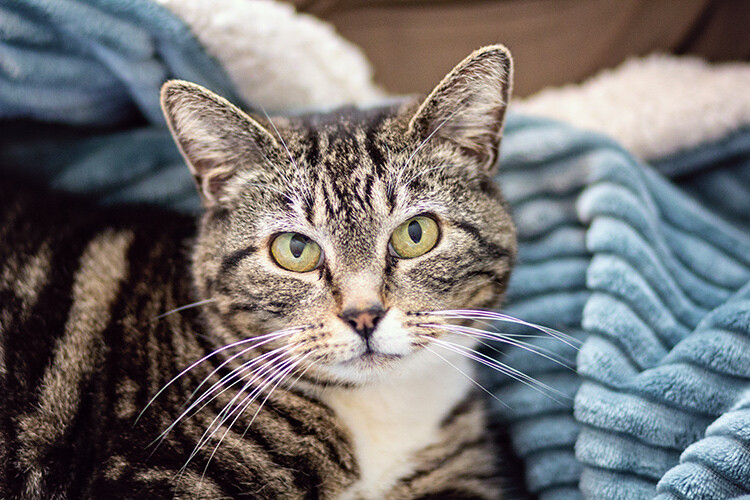

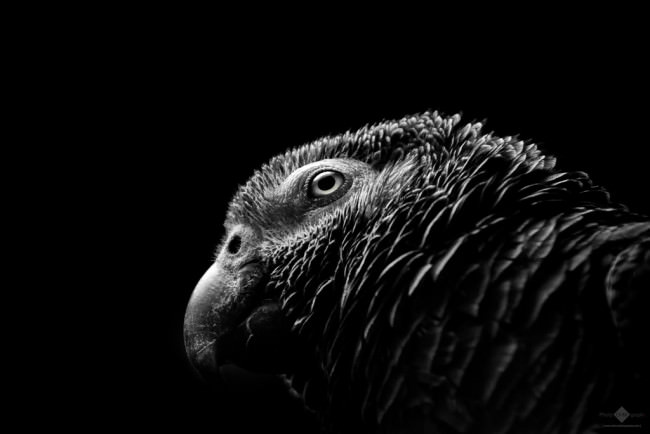
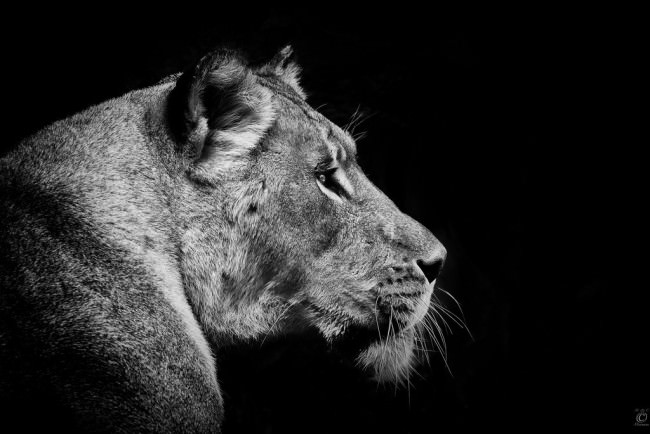
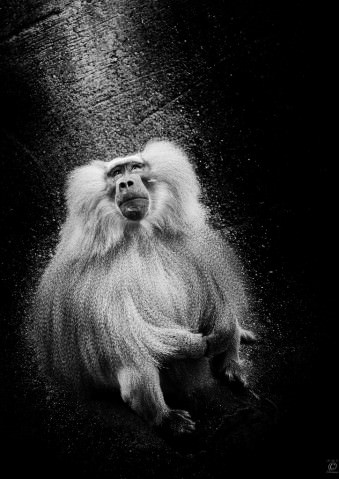
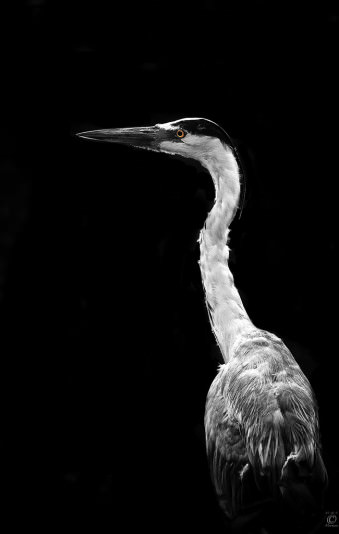
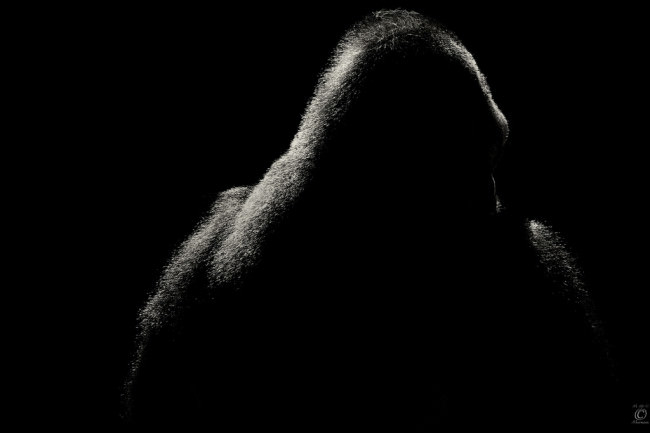

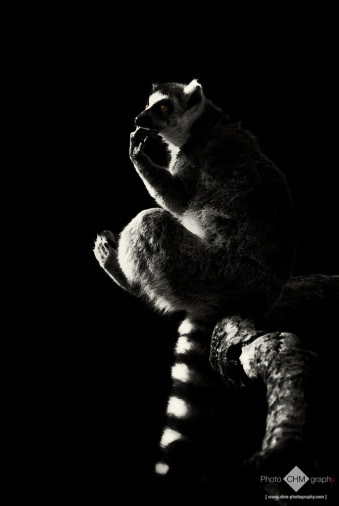
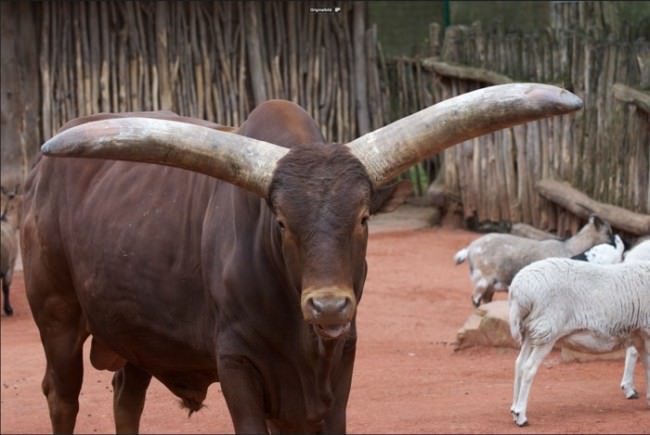
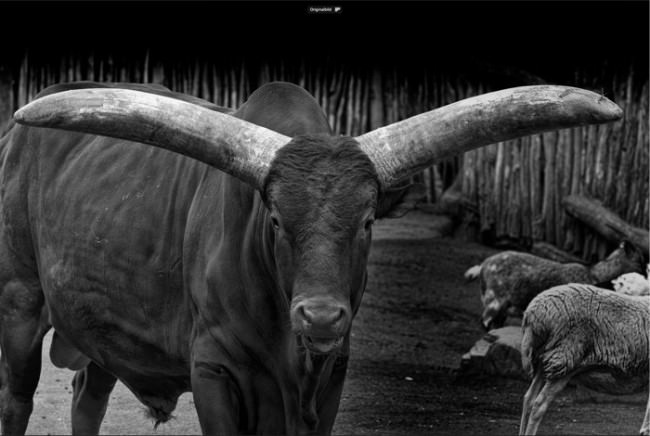
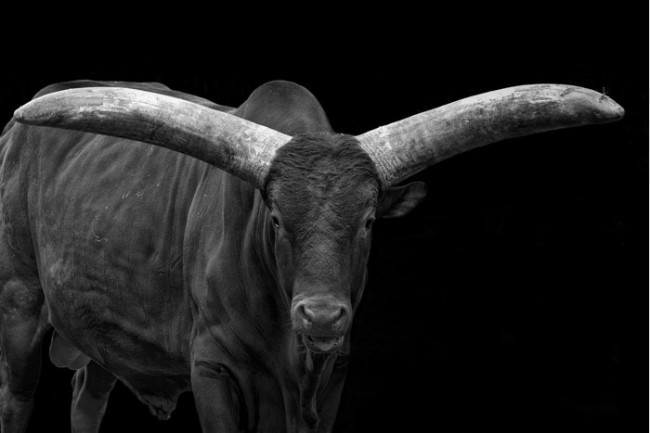
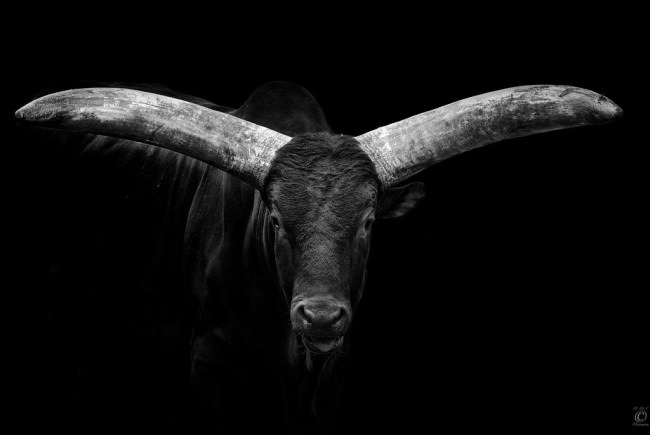
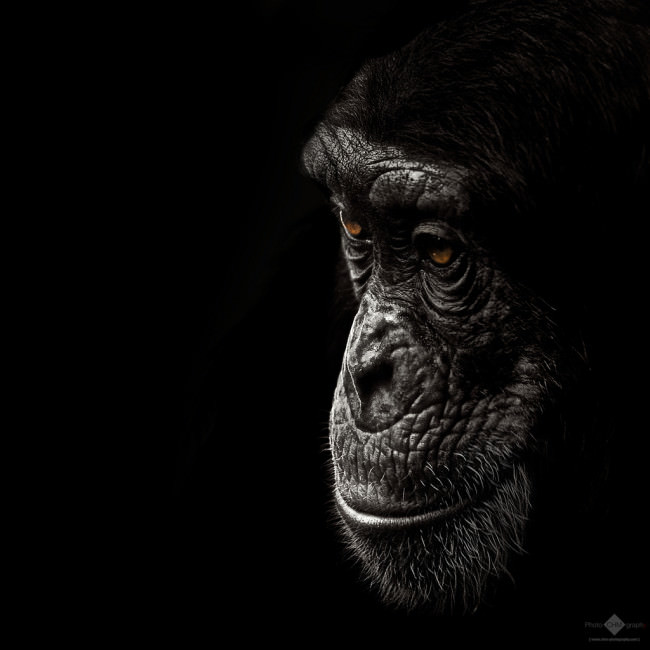
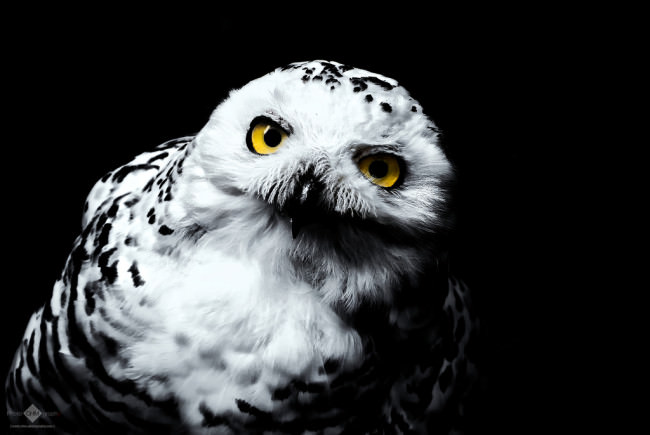
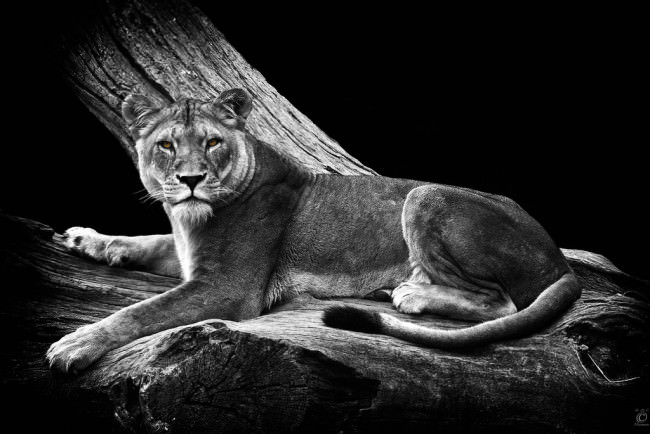
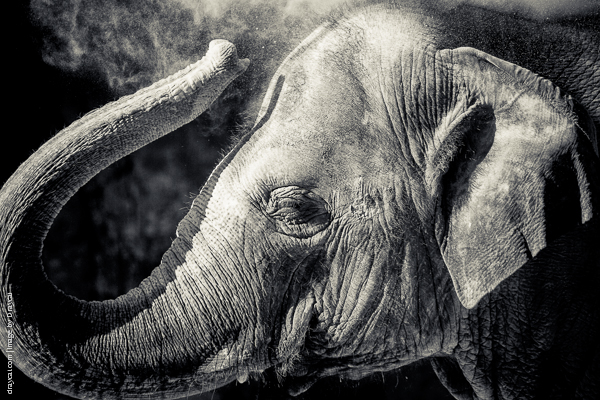

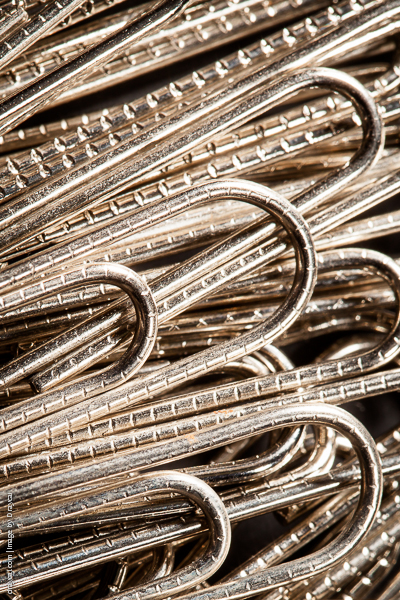
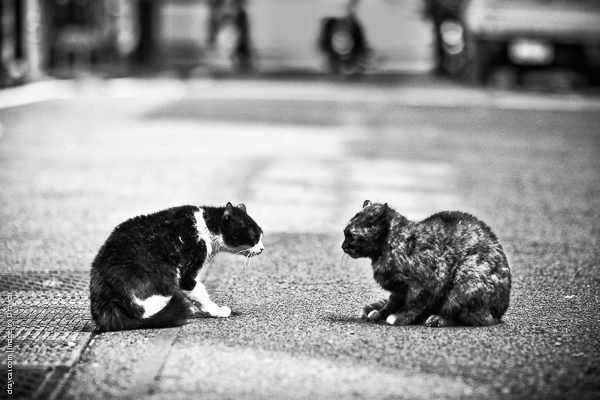
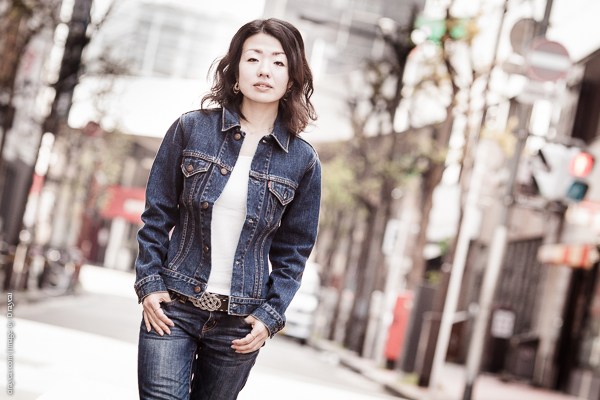


You must be logged in to post a comment.